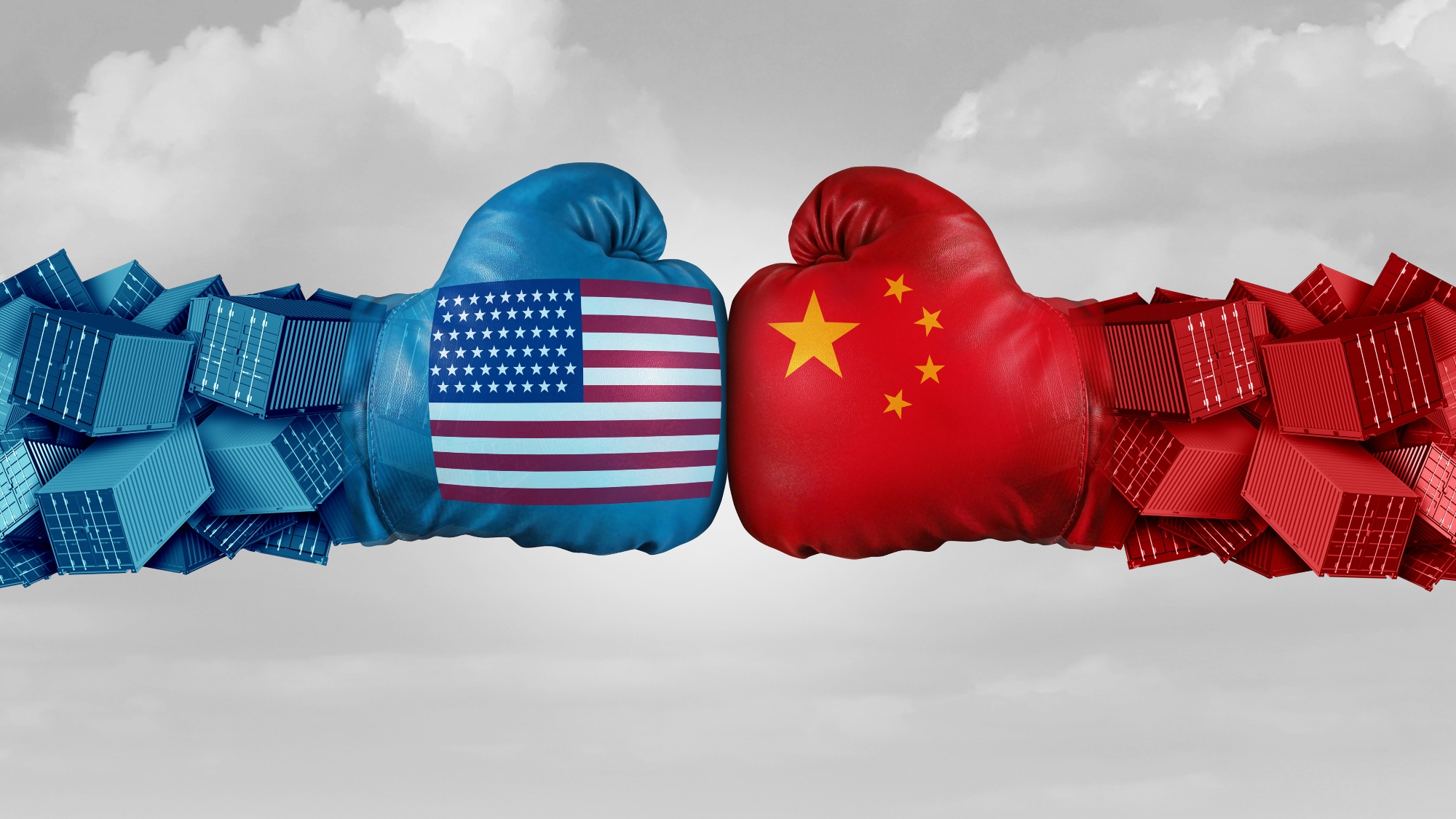Cash to Cash: Toyota, Inventory Management and Heijunka
Both Accounting and Supply Chain professionals rely on Cash to Cash (C2C) measures to make processes more efficient and cost-effective. C2C is generally the number of days it takes to convert the expenses for raw materials into payment for the finished product (1). Many factors influence this, including inventory management, supplier performance, and collection of accounts receivable. In accounting, C2C is a good measurement of liquidity of the firm. For supply chain professionals, it measures the efficiency of the entire process, from suppliers, to manufacturing, through to order fulfillment (2).
A company can take three actions to decrease the C2C cycle:
- Extend average accounts payable
- Reduce inventory by reducing the production cycle
- Decrease average accounts receivable (2)
Internal Structure
One organization that has successfully implemented a C2C system is Japanese automaker Toyota. Its operational success is often attributed to the focus on reduction in inventory. The term Toyota uses for their system is “heijunka”. Translated from Japanese, it means “make flat and level.” In particular, it refers to eliminating spikes in demand, but also creating operational efficiency and reducing overall supply chain costs. Toyota’s lean operation focuses on the idea of buy one, sell one. Toyota is able to manufacture vehicles in about the same order customers buy them (3). This adaptability to demand has given Toyota the advantage of carrying the least inventory in the field of Japanese auto manufacturers (4).
Working with suppliers
This concept is one that Toyota uses internally and it also requires of its suppliers to improve the overall C2C cycle. In the North American auto supply market, suppliers working with Japanese-owned automakers perform at higher levels than those working with U.S. automakers. Toyota works with U.S. suppliers to teach them the lean manufacturing techniques used in Toyota’s manufacturing facilities (4). These techniques ensure a short amount of time between when Toyota needs an item and when the supplier makes it.
Using small batch production, this short lead-time can be achieved. Rather than running large batches and keeping excess inventory, plants quickly run a small batch and keep inventory low. For Toyota, this translates to being able to better meet customers’ demands because manufacturing facilities do not have to wait on a particular part before beginning production on a vehicle (4).
Benefits of Heijunka
Toyota’s improvement in its supply chain benefits the automaker in many ways:
- Inventory levels at parts distribution centers have decreased by 53 percent from stocking levels in the 1980s.
- Since 1994, the inventory turn of parts in the average dealership has increased from 3.7 to 5.7.
- Toyota dealerships have achieved 20 percent to 40 percent reductions in floor space utilization (5).
The time spent improving the systems of U.S. suppliers shows results as well.
- From 1997 to 2000 alone, supplier on-time delivery increased from 76 percent to 93 percent.
- Sixty-six percent of suppliers on daily order status are able to deliver within five days or less (5).
While inventory management is an effective way to reduce the C2C cycle, it not only requires efficient manufacturing, but also effective forecasting.
References:
(1) Bowman, R. From Cash to Cash: The Ultimate Supply-Chain Measurement Tool. Supply Chain Brain, June 2001.
(2) Farris, M. and Hutchinson, P. Cash to Cash: The New Supply Chain Metric. International Journal of Physical Distribution and Logistics Management, Vol. 32. No. 4. 2002. pg. 288-298.
(3) Andel, T. Accentuate Heijunka, Eliminate Junk. Material Handling Engineering. Vol. 54. Issue 8, Aug99.
(4) Liker, J. and Wu, Y. Japanese Automakers, U.S. Suppliers and Supply-Chain Superiority. Sloan Management Review, Fall2000. pg. 81-94.
(5) Feare, T. Optimizing a Supply Chain. Modern Materials Handling. Vol. 55, Issue 13. Nov. 2000. pg. 61.


